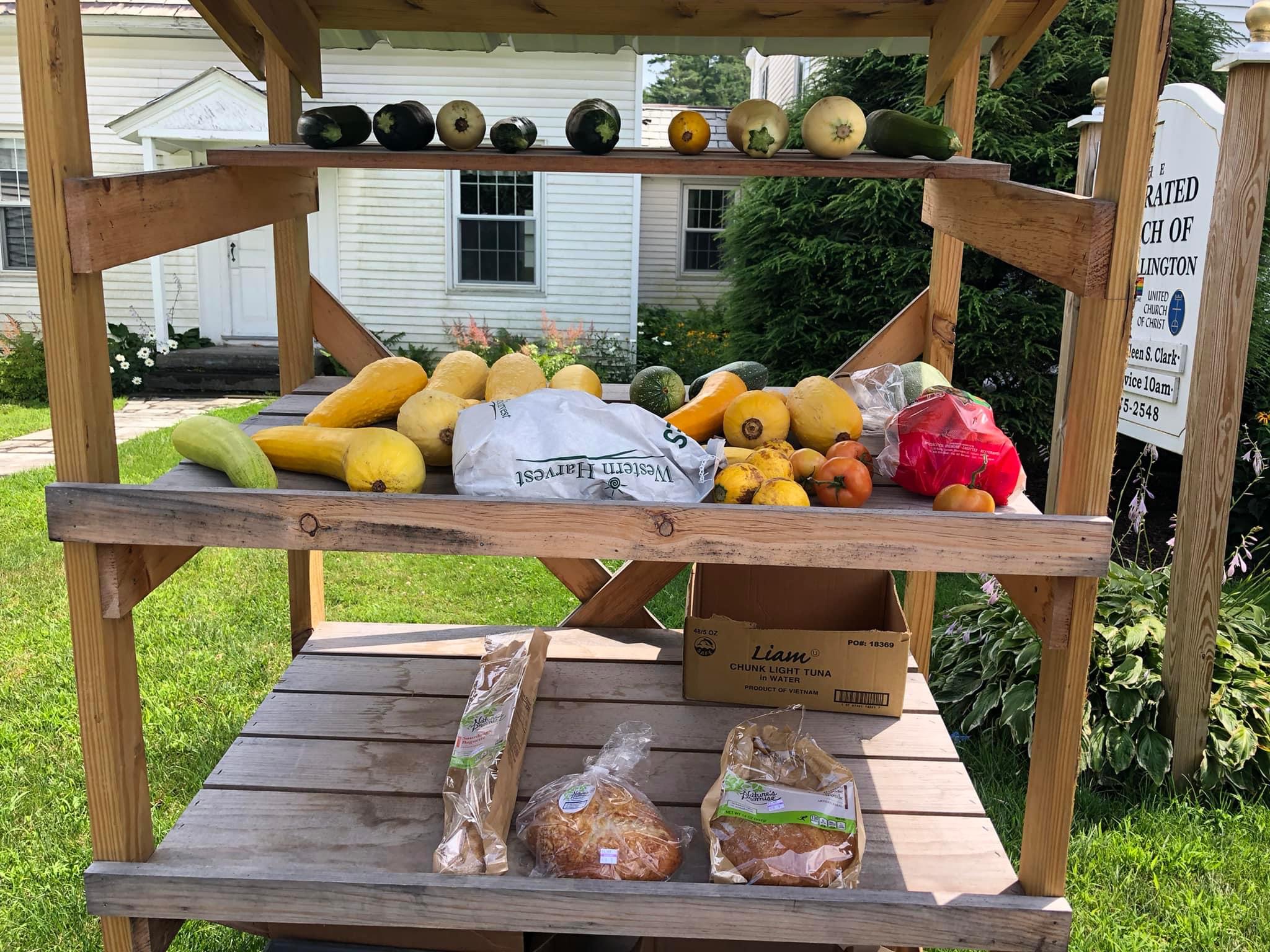Luke 1:26-56
“Nothing is Impossible”
December 4, 2022 Second Sunday of Advent
Mary – she has the power to inspire but the very mention of her name in an interfaith gathering of Christians has the ability to divide us pretty quickly into Protestants on one side and Roman Catholics and Orthodox folks on the other.
Since I spent the first half of my life in one camp and the second half in the other, I can feel myself being pulled like a thick rope in a tug-of-war at the very mention of her name.
Having been to Mass with my Catholic family for my parents’ anniversary a few weeks ago, there was no mistaking the prominence that Mary still holds in Catholicism.
There were 8 gorgeous stained-glass windows and 1 statue devoted to her at St. Edwards as well as a lovely icon.
Older Catholic churches I’ve been in over the years, especially in places like Ireland, have multiple statues and even annexes devoted to Mary.
This Thursday, December 8, Catholics the world over will observe the Holy Day of Obligation known as The Immaculate Conception of the Blessed Virgin Mary.
I can still recite the Hail Mary from heart and Mary figures prominently in a number of other prayers and hymns used every day in the Catholic Mass.
I have heard numerous Protestants repeat the line when conversations veer toward Mary, “Oh, that’s too Catholic” in spite of the words we just heard in which Mary is to be considered blessed by all generations.
Friday night as I was unwrapping and placing multiple Mary’s in their places standing over the empty mangers in my 15 or so Nativity scenes, I was reminded how basically in our tradition, Mary is only brought out during Advent and Christmas and once we hit Epiphany, she gets wrapped up and put on a shelf until next December.
Today we heard the words that Mary utters after being visited by the Angel Gabriel that combine a tribute to the greatness of God and the message of a new world order where those who are rich and haughty are to be brought down and the humble and lowly will be raised up.
We tend to think of Mary as fairly quiet and demure.
She never has anything to say in our Christmas pageants,
she just sits there either holding or looking down upon a real baby Jesus or a doll stand-in.
The Magnificat in which these beautiful words are lifted up are not the only words we hear from Mary, perhaps the most well-known of women in the Bible but we just don’t direct much attention toward her.
We hear, for example the unnamed Syrophoenician woman in a quite lengthy and well-examined conversation with Jesus and yet very little attention is paid to Mary’s words when she confronts 12 year old Jesus after he goes missing.
There are more words from Mary that we direct little attention to when she tries to get Jesus away from the throngs of followers and bring him home or when Mary convinces Jesus to replenish the supply of wine at the wedding in Cana.
Mary, as quiet as we often depict her, will confront Jesus, and look out for him.
Mary is there with Jesus at the start of his earthly existence, and she will be there at his tomb and then again in the upper room when he appears in a whole new way.
I get that some who have relegated Mary to their Catholic friends and neighbors may do so because of the way that those who are devoted to her practice that devotion.
Instead of getting hung up on rosaries and statues, we can just listen and learn from Mary, the one we encounter in scripture.
The teenage girl who says yes to God.
The one who travels a distance and stays by the side of her relative Elizabeth who will bear the messenger John in her old age.
We’ve got the Mary who continues to be in awe and filled with gratitude to God who has chosen her, a simple girl from a small town, and in the process has turned her life upside down.
There’s the Mary who is also a prophet, speaking words of wisdom about God’s justice, words that belie the short and unremarkable life she has lived up until that point.
There’s the Mary who will never stop being a concerned parent and will outlive on earth the son who is both human and divine.
And it all begins with a visit from God’s messenger Gabriel bearing news that is beyond our imagining.
That is the wonder and power of the Mary story.
Her humility, her strength, her courage, her devotion, her gratitude, her mindfulness, and her care for others.
She sings of God’s power – both it’s beauty and it’s ability to shake up the order of the world.
On this Sunday when our second lit candle turns our thoughts toward peace and the table is set to welcome one and all, perhaps we might look to Mary for some lessons on grace in the face of news that has the power to change us and thus the world.
Frederick Buechner was on to something when he said,
“The grace of God means something like:
Here is your life. You might never have been, but you are because the party wouldn’t have been complete without you.
Here is the world.
Beautiful and terrible things will happen.
Don’t be afraid.
I am with you.
Nothing can ever separate us.
It’s for you I created the universe.
I love you.
There’s only one catch.
Like any other gift, the gift of grace can be yours only if you’ll reach out and take it.
Maybe being able to reach out and take it is a gift too.”
Mary reached out and took the gift of grace and lived into it.
May we follow her example. Anything is possible.
Amen.






